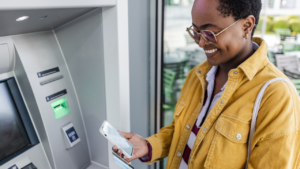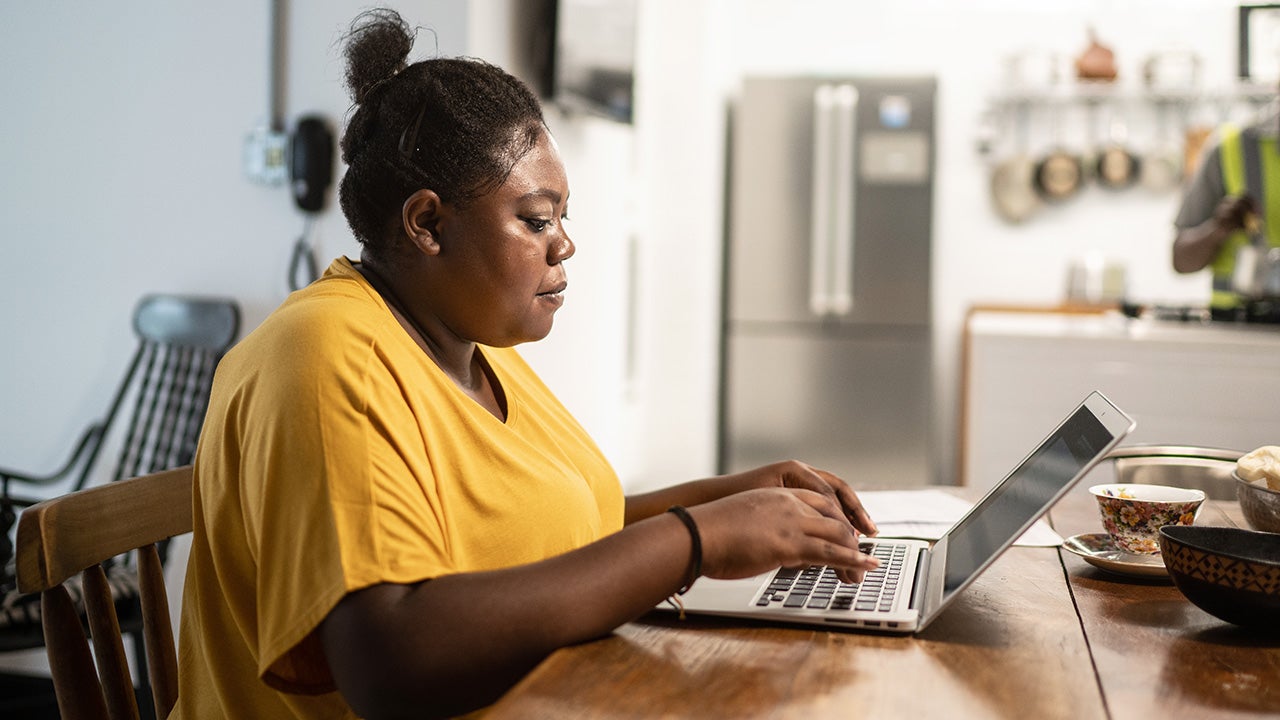Switching banks is a pain — this global movement could make it simple

We have options. There are 5,402 FDIC-insured institutions.
Yet, we remain committed to the same bank for well over a decade for our primary checking account — and probably not out of loyalty.
“Shopping for a bank is not like shopping for a car or shopping on Amazon,” says Bryan Clagett, chief marketing officer at Geezeo, a digital banking engagement provider. “It’s considered a necessary evil.”
Clagett speaks from personal experience. Last fall, it took him over an hour — and required a visit to a branch — to open a money market account and a checking account.
But it can even feel like a pain to switch your bank account online — depending on the level of data entanglement you have with your existing bank provider. Maybe you have multiple products with one institution. Or maybe you’ve saved your payment card on all kinds of services, from Amazon to the local gym. So we remain there only to avoid the hassle.
In recent years, there has been a global movement ripping across financial services that is expected to undo some of the reasons we stay put. It ought to save us time in switching accounts, and it could also inspire more of us to build a bank of our own — a model where we might keep our main bank account but go elsewhere to pepper in what the account might lack, like a competitive savings rate or a slick mobile app or useful financial health features.
Why we may change our bank relationships
In the banking industry, the movement is known as open banking. The definition varies, but it is broadly used to describe how banks are handling your data. For you, it’s about access to your bank data and the ability to control which outside companies get it, including your bank’s competitors. Unlike in years past, the model doesn’t require you to share your bank credentials to do so. In some countries, it’s the law.
At the very least, the movement’s underpinnings ought to save us time. Rather than having to, say, mail in a PDF of an application for a loan, you can submit your bank data with a few clicks to more lenders, for instance. But the possibilities are far reaching. The movement marks a dramatic change in the way banks guard our assets, and it’s expected to drive innovation.
“Banking has been very closed and rigid prior to about now,” says Rahm McDaniel, vice president of strategic solutions for Q2’s open banking team. “Going forward, you are going to have more access to your data, more control over where your money is and a greater degree of flexibility on where you want your financial relationships to be. So you may or may not have one primary financial institution.”
Geezeo’s Clagett believes open banking could drive more of us to unbundle our banking relationships. He imagines a model where we choose the products and services we want from a variety of companies — banks and tech companies included. Sometimes, they’ll come as a package deal. It’s not hard to find a bank that is holding deposits on behalf of your favorite money-related app, like Chime or Qapital.
For Clagett, it’s already his reality. He has gone through the labor of cherry-picking products and services from more than 10 financial services companies — some for a higher rate, and others for their edgier experience.
“I have created a bank of my own,” Clagett says.
How much data-sharing improves banking remains to be seen
Only time will tell how much open banking simplifies account switching or inspires you to open more accounts.
The model deployed in other countries hasn’t proven to be a wild success yet. Case in point: In the U.K., the country’s open banking initiative celebrated its first anniversary in January — marking but one of several initiatives the U.K. has embraced over the years to inspire competition. However, what effect it has on switching remains to be seen.
In the U.S., it’s even earlier innings. Open banking is not required by law in the U.S. Some banks have taken the initiative to invest in the newer data-sharing model; however, financial institutions are taking different approaches as to how.
And yet, the industry is also working more closely together than before to come to a consensus on data-sharing issues. Plenty of observers already believe open banking is going to become much more pervasive in the states. If it works as intended, the movement ought to help you find the best products and services and patch them together safely and reliably to ultimately improve your financial wellness.
“The rising tide here is lifting all folks,” says Brian Costello, a vice president of data strategy and strategic solutions at Envestnet’s Yodlee.
Learn more:
- Survey: Most Americans wouldn’t cover a $1K emergency with savings
- How to save money: 15 tips to reach your goals
- Best online savings accounts





